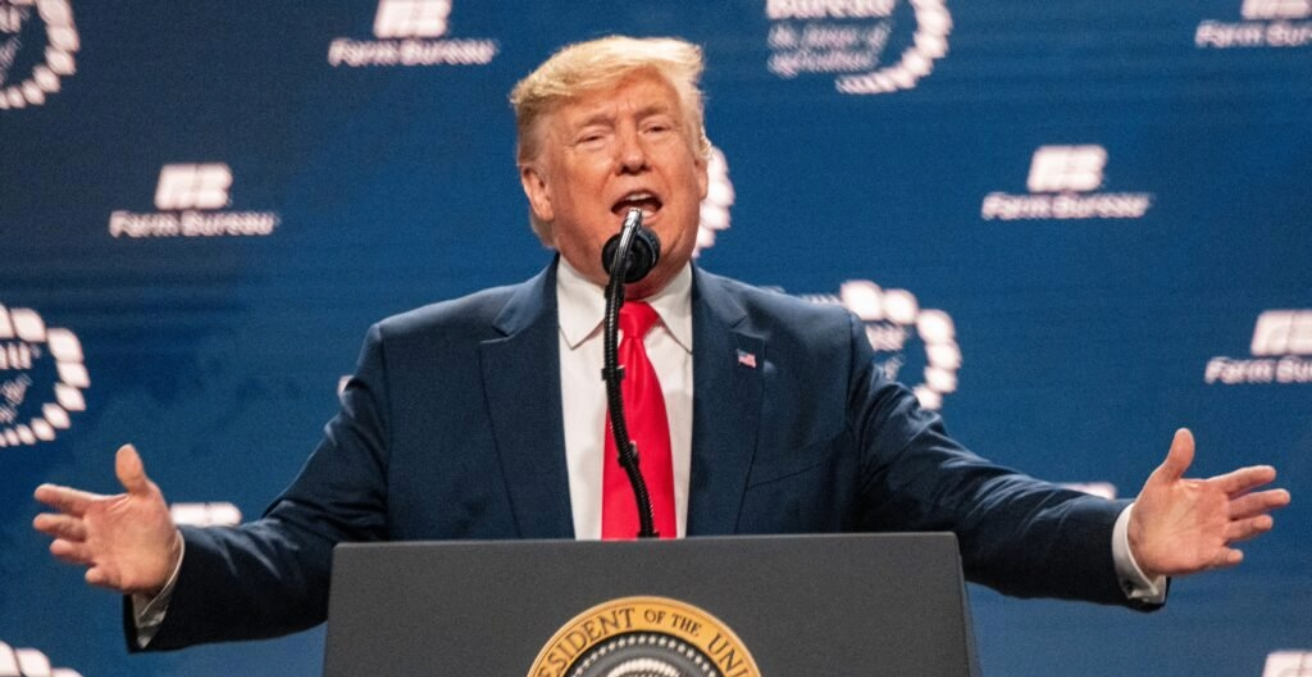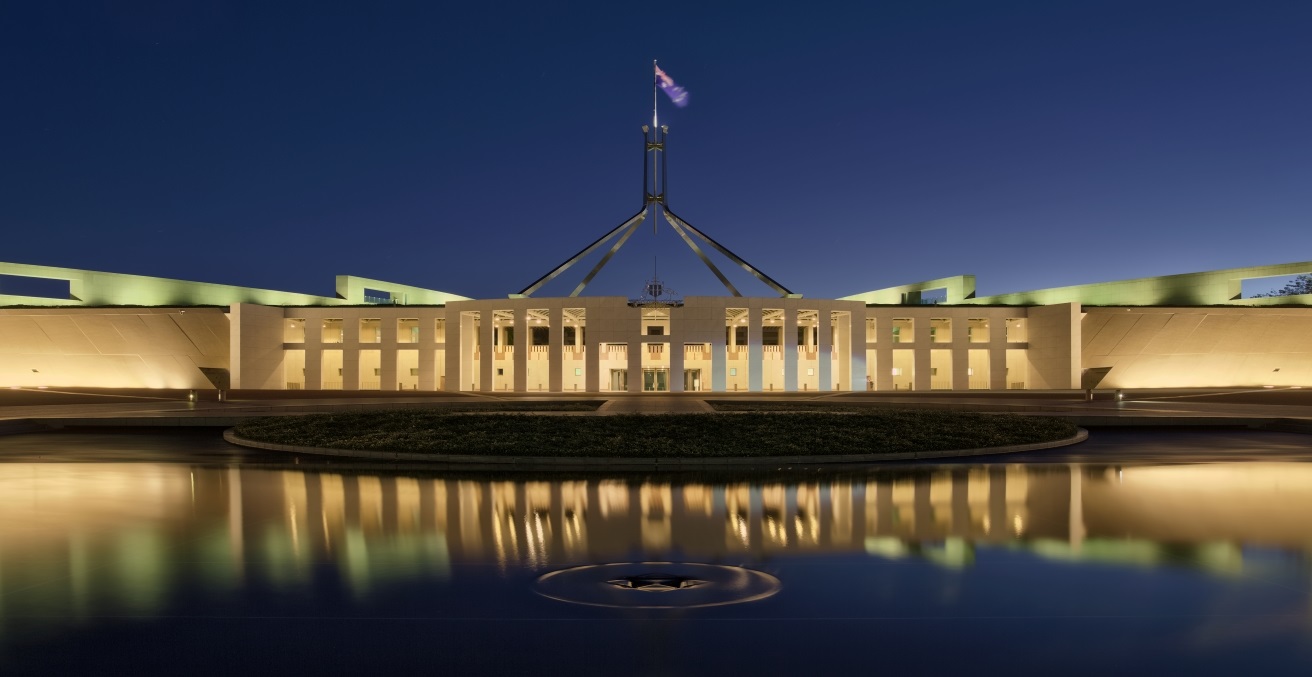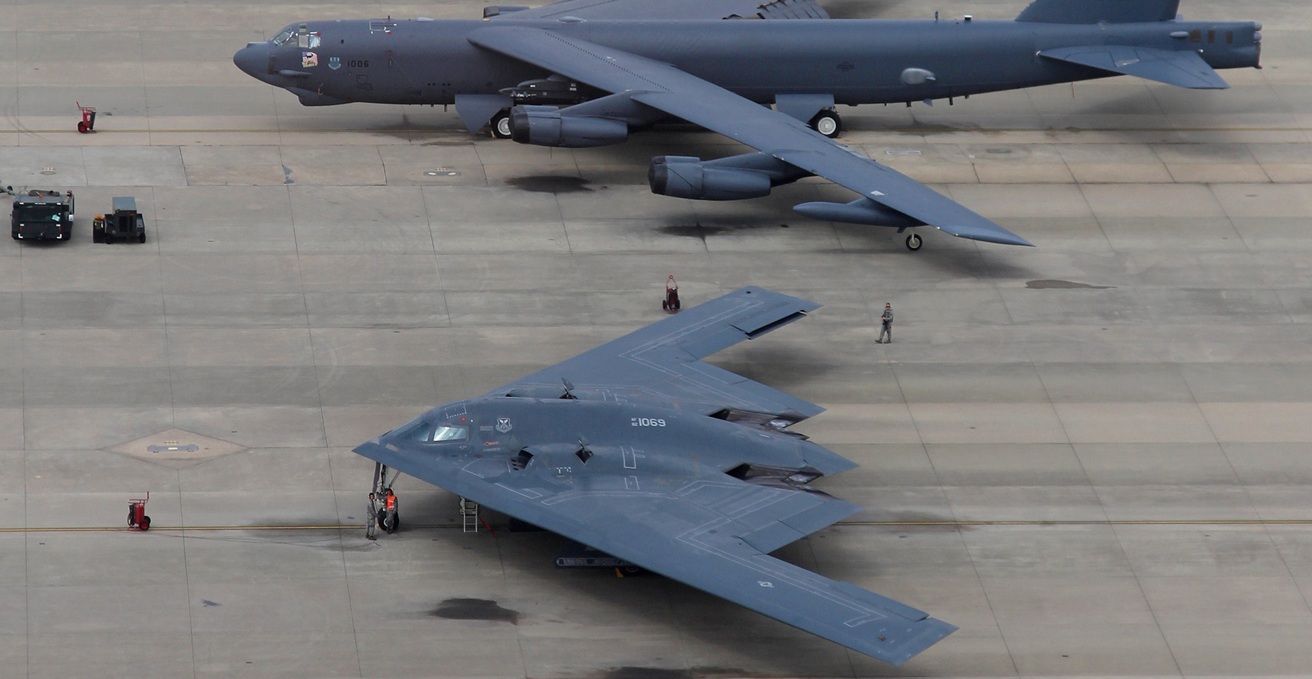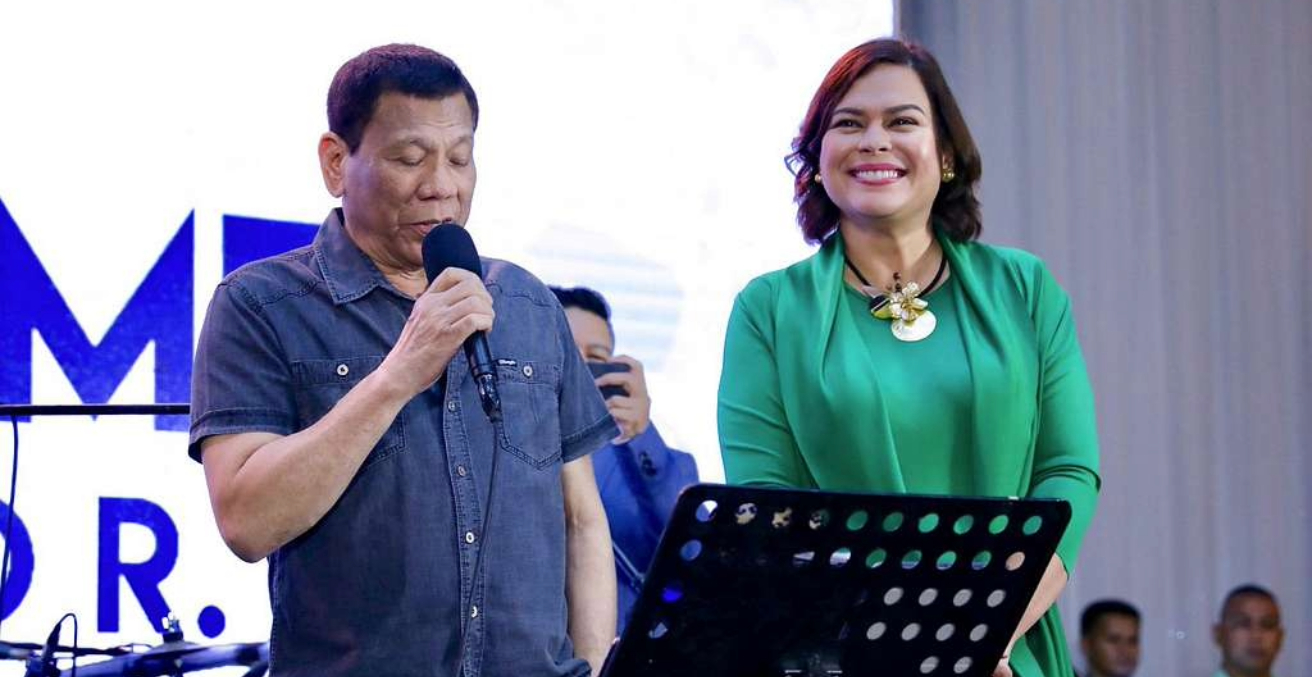The Japanese constitution, and specifically Article 9, renounces war as a sovereign right and prohibits Japan from maintaining military forces. Japan has therefore established the Japanese Self-Defense Forces (SDF) for defensive purposes. The creation of the SDF in 1954 sparked debate within Japan and has led to multiple reinterpretations of Article 9. Former Prime Minister Shinzo Abe’s reinterpretation allowed Japan to exercise collective self-defense, enabling Japan to defend allies under attack even if Japan is not directly threatened. However, for Ishiba’s foreign policy goals Article 9 potentially requires an amendment as it states “land, sea, and air forces, as well as other war potential, will never be maintained.” A subtle rewording would let Japan transform its SDF into an official military,increase its capabilities, and reduce any potential supreme court rulings if Japan were to realise its Asian NATO framework, and increase security agreements with its allies. An amendment requires a two-thirds majority in the upper and lower house of the Diet, and approval via a national referendum, which Japan has not had since the end of the Second World War.
Asian NATO Framework
The “unofficial” views from Ishiba on Japan’s foreign policy, according to the Hudson Institute, is that it is seeking the establishment of an Asian NATO-like framework. The minor reinterpretation of the constitution, made during the Abe administration, now allows for the right of collective self-defense. Justification is not hard to find. Former Prime Minister Fumio Kishida markedly commented on the similarities between “Ukraine today” and “Asia tomorrow,” suggesting that China’s ongoing aggression against Taiwan and its search for national aggrandisement in the South and East China Seas was reaching a tipping point. The suggestion by Ishiba was, expectedly, criticized by the Chinese and did not get the intended reaction from the Association of Southeast Asian Nations (ASEAN) or India. Currently, while Article 9 remains in place, a Japanese-led effort to create such an institution will draw scrutiny both internationally and domestically.
ASEAN, for its part, is likely to prove an unwilling partner, particularly given its conflicted and at times confused stance on how to deal with China. An Asian NATO would almost certainly displace the intranational focus on ASEAN Centrality in the external relations of the group. Meanwhile, India has also spoken out against the idea, their security position for the time being tied to a long-standing policy of non-alignment.
Strengthening Japan-US Alliance
Perhaps more realistic was Ishiba’s focuse on strengthening the Japan-US alliance that started during the former Kishida administration. In discussing ideal types, Ishiba referred to the US-UK alliance as an example of what the Japan-US alliance could become. Ideally, such a strengthening would enhance Japan’s a positive contributions to a stable international environment through increased defensive capabilities, deepening security frameworks, and more robust diplomatic and strategic initiatives. 2024 has witnessed more activity by Japan and the United States in the region, particularly through deepening minilateral agreements, more recently among the Australia-Japan-US trilateral, enhanced AUKUS partnership through Pillar II, and the Japan-US-Republic of Korea triad. It is expected that Ishida will further bolster these minilateral agreements to secure a rule-based order in the Indo-Pacific, as defecse spending for Japan is rising. Of course, potential roadblocks will include securing President-elect Donald Trump’s interest, and managing the relationship with Korea, potentially under a new and less forthcoming government.
Nuclear Sharing
Possibly the most controversial is the nuclear sharing program Ishiba wants. A nuclear sharing program would see US alliance states “lend” or “store” nuclear weapons for the United States and become, in the process, nuclear-armed states. This would lead to enhanced deterrence against North Korea and China. The technology and facilities already exist in Japan through their nuclear reactor research and nuclear power plants. Furthermore, Japan is ready for storing and arming their F-35 fighter jets with nuclear weapons, as they are operationally certified to carry nuclear payloads. A political and national will is lacking, but for how long?
Conclusion
To achieve his foreign policy, Ishiba will have to navigate the travails of minority government, a turbulent Indo-Pacific, and a seemingly impossible supermajority for Article 9 amendments.. Existing minilateral agreements will for the time being likely endure, though even the status and survivability of AUKUS has been seriously questioned in Washington and Canberra with Trump’s return.. Given these challenges, the likes of an “Asian NATO” remain out of reach. Manwhile, the debate over nuclear sharing will also be difficult, even with the offer of greater strategic deterrence through uncertainty. Japan will continue to be a key player in the Indo-Pacific, but a reality check is perhaps necessary given the climate.
Michal Aamaas Aurstad is the vice-lead coordinator of The Manila Dialogue on the South China Sea. He is Young Leader at Pacific Forum Young Leaders Program and International Relations student at Tokyo International University and Research assistant at Asia Maritime Index. His research interests revolve around US alliances, Japanese foreign policy, maritime security, and the South China Sea disputes. He has recently published in the Tokyo International Universities Undergraduate Paper Series. His current research focus revolves around escalation management and Philippines foreign policy strategies in the South China Sea disputes.
This review is published under a Creative Commons Licence and may be republished with attribution.




